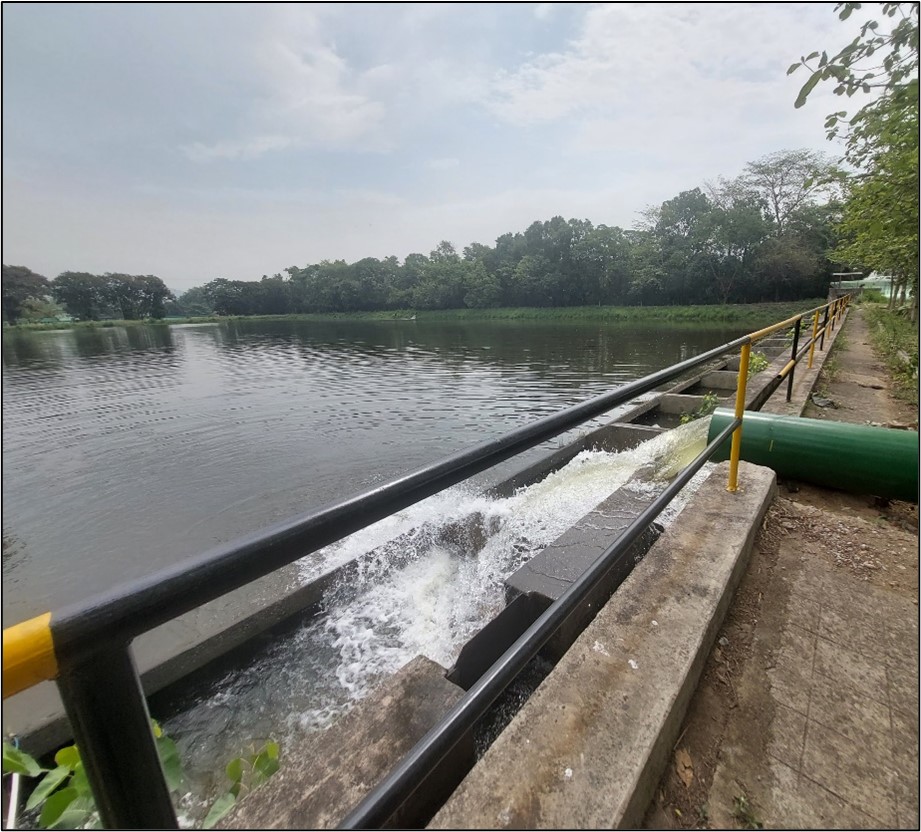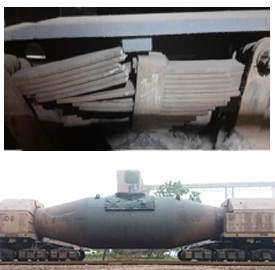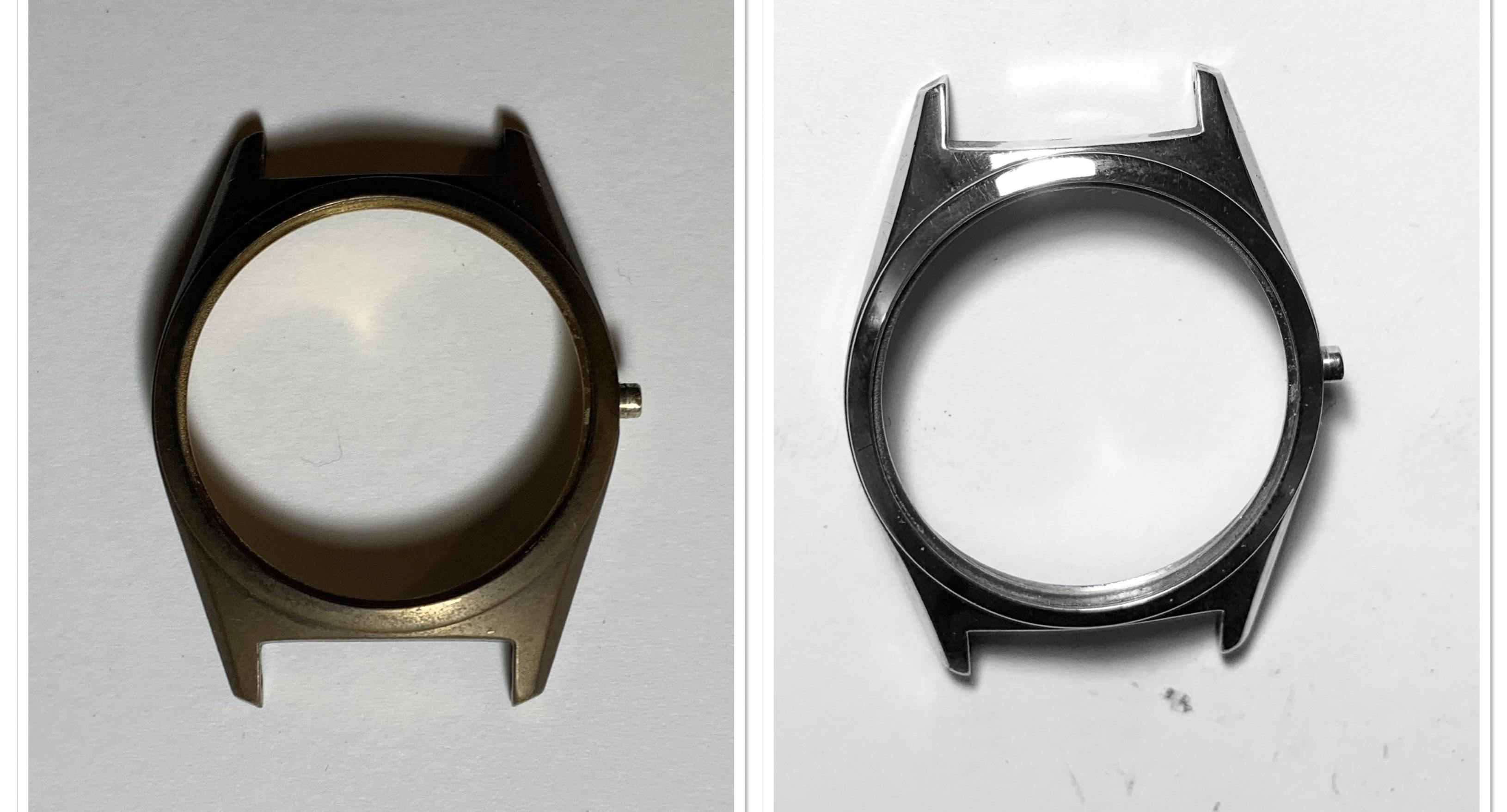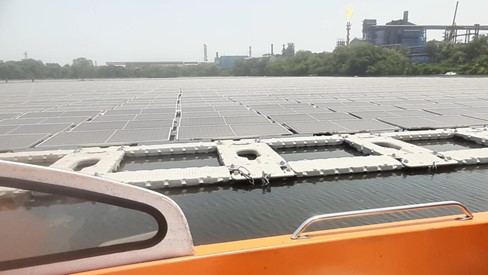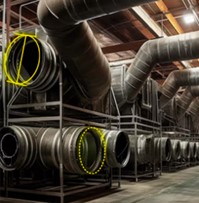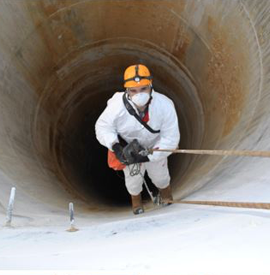Challenges
Environment Friendly Process For Removing Scales And Oxide Layers From Hot Rolled Carbon Steel Strip Surface
Short Description:
Pickling process is used to remove scales and oxide layer from the strip surface. Solutions are invited for environmentally friendly acid free pickling process.
Challenge Details
Pickling process is used for removing Scales and Oxide Layer (FeO) from Hot Rolled (HR) Carbon Steel Strip surface for making it suitable for further processing like, electroplating, metal finishing, etc. Oxide layer on the steel surface is formed due to exposure of hot steel surface to air during production and hence, oxidizing the steel surface.
The pickling process begins with acid pickling, followed by cold water rinsing and hot water rinsing and finally the strip is dried and oiled. Hot Rolled Carbon Steel Coil is passed through acid bath containing Hydrochloric acid (HCl) of 12% to 18% concentration at 60 - 65 C, wherein acid dissolves the oxide layer. The strip is then rinsed with water to make its surface non-acidic, dried and rust preventive oil is applied.
The pickling acid bath contains mainly ferrous chloride (FeCl2) that is formed because of the reaction FeO + 2HCl = FeCl2 + H2O and the unused Hydrochloric acid (HCl). The acid solution is discarded periodically on the accumulation of high concentration of Iron (90 to 120 gm/Lit) in it and, a fresh acid solution is charged. The discarded solution is called Waste Pickled Liquor (WPL) or spent acid and contains 2 - 5% of free acid (pH less than 0.1) and 10 - 15 % of ferrous iron. As waste pickling liquor is highly toxic & hazardous, it has to be either neutralized and disposed off or the Fe content is removed and the solution is re-used.
It is no more possible to neutralize waste pickling liquor with lime in Effluent Treatment Plant (ETP) and meet the norms set by pollution control board Authorities. Besides Acid Regeneration Plant (ARP), no proven process is available to separate the Fe granules from the waste pickling liquor so that the solution can be re-used in pickling bath. In ARP, thermal hydrolysis process is used and regeneration of spent pickling liquor is carried out by oxidizing its dissolved iron chloride (FeCl2) in a fluidized bed reactor at about 800 C. The hydrochloric acid is recovered by the absorption of gaseous HCl in water, in the absorber. However, ARP option is viable only if quantity of spent acid liquor is large in quantity. However, the quantity of the acid liquor is lesser than the minimum requirement. Therefore, it is desired to explore suitable alternate pickling technology where acid is not needed. Such type of pickling has been developed by a few companies, but it is very expensive and not capable of handling all types of applications either.
Current State
(a) Disposal after neutralizing spent acid with lime in Effluent Treatment Plant (ETP) is no longer feasible as a conventional ETP process is not capable of achieving the treated fluid parameters set by Pollution Control Board (PCB) and hence, we had to stop treating spent acid in our ETP,
(b) Installing an Acid Regeneration Plant (ARP) is not feasible as even a small capacity plant will require at least 30 Kilo Litre (KL) of waste pickle liquor per day to make it viable whereas only 3 - 4 KL is generated per day. This process and technology is very capital intensive and the economics for the recovered acid depends on the capacity of production.
(c) ARP is very expensive. The cost of treatment is around Rs.13 per litre of regenerated acid which normally has a concentration level of 15% whereas cost of fresh acid with concentration level 33% is only Rs.3.25 per litre.
Future State
- Cleaning of Scale and Oxide Layers from Hot Rolled Carbon Steel Strip surface by employing environment-friendly processes involving non-toxic substances at affordable cost is desired. The process should not make the strip surface rough or generate micro scratch on it.
- Acidless pickling process will be the ideal solution. As it will prevent corrosion of equipment and will eliminate the health hazards associated with this process.
- The present cost of regeneration of spent acid is around Rs. 360 per MT of pickling production. The solution proposed should help us in reducing this cost.
Success Criteria & Measures of Success
a) The solution should not have any adverse impact on the environment.
b) Strip speed must be at least 45 MPM to achieve desired productivity.
c) Strip surface must be smooth and the new process should not spoil the surface.
d) The process must be suitable for strip thickness of up to 8 mm, having yield strength of 560 MPa and Ultimate Tensile Strength of 660 MPa.
e) The acid regeneration cost should not be more than the cost of fresh acid.


